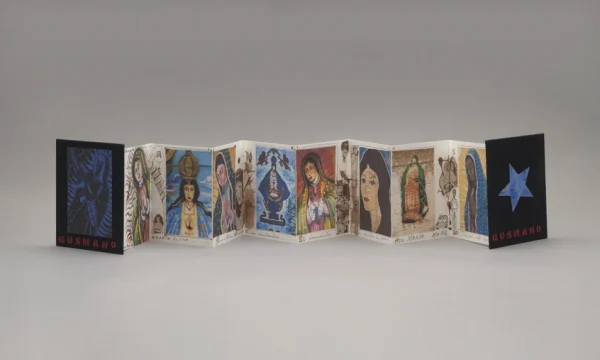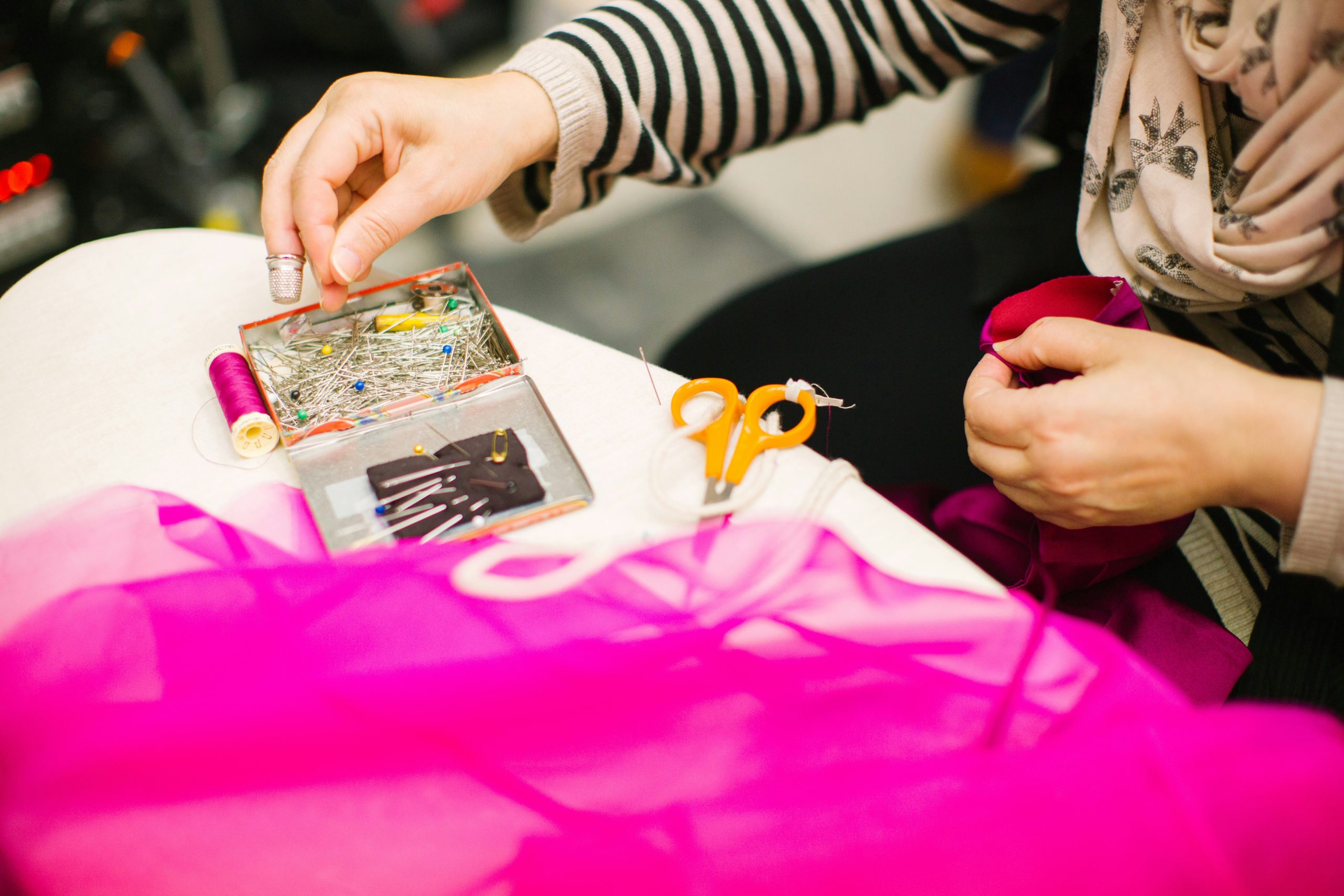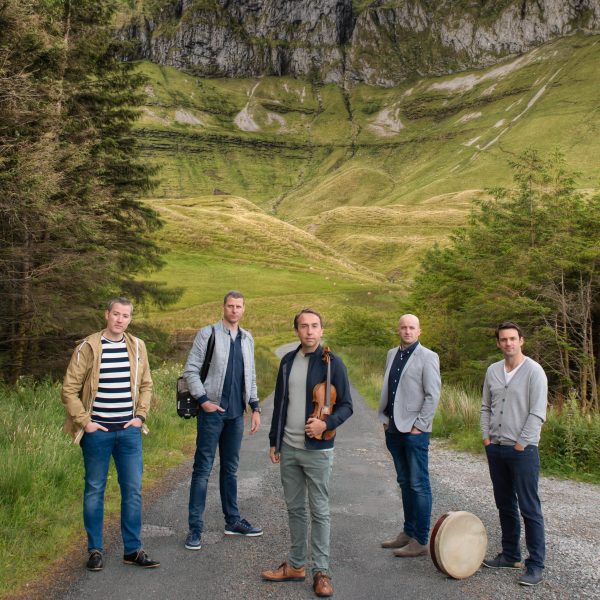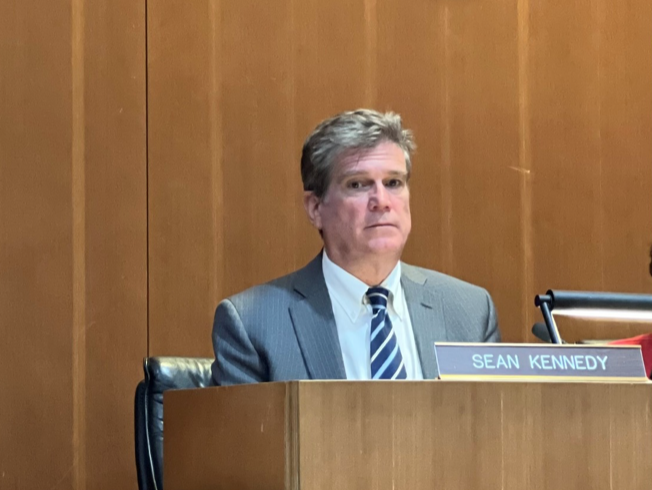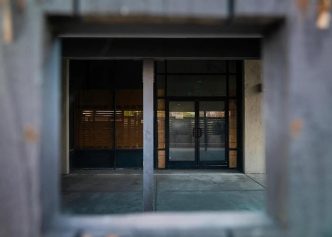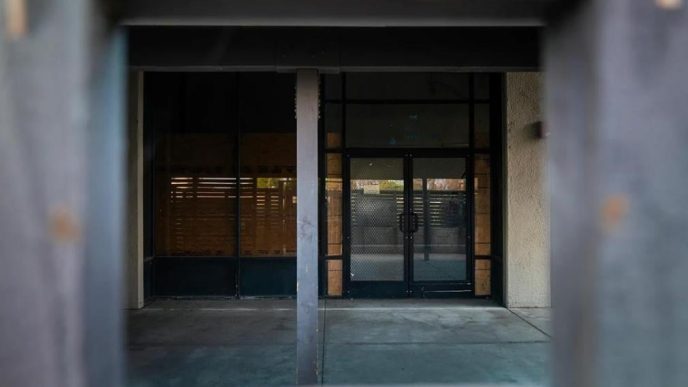The Huntington Library, Art Museum, and Botanical Gardens in San Marino has acquired the archive of photographer Gusmano Cesaretti, who since the 1970s has documented Southern California’s Mexican American communities, LA’s urban landscapes and Hollywood film sets, the institution announced Tuesday.
The Italian-born photographer’s archive is 238 boxes of photographic prints, negatives, contact sheets, artist books, mixed media works, documents, recordings and personal memorabilia, according to the Huntington.
This latest acquisition enhances the institution’s vast photography collection of over 800,000 historical and contemporary images.
“As an Italian immigrant invited into a wide range of Los Angeles communities, Cesaretti reflected everyone from graffiti artists to police officers and film actors,” Sandra Brooke Gordon, the Huntington’s library director, said in a statement. “His archive is an invaluable record of the city.”
Born in Lucca, Italy, in 1944, Cesaretti immigrated to the United States when he was 19. He first settled in Chicago and in 1967 relocated to Los Angeles, where he immersed himself in the city’s street culture and art scene while developing a distinct photographic style, museum officials said.
Between 1971 and 1973, Cesaretti was a staff photographer at the Huntington, a job that enabled him to refine his skills as he captured images of artworks and botanical scenes. When not at work, he photographed graffiti artists, lowrider clubs and intimate moments in East Los Angeles.
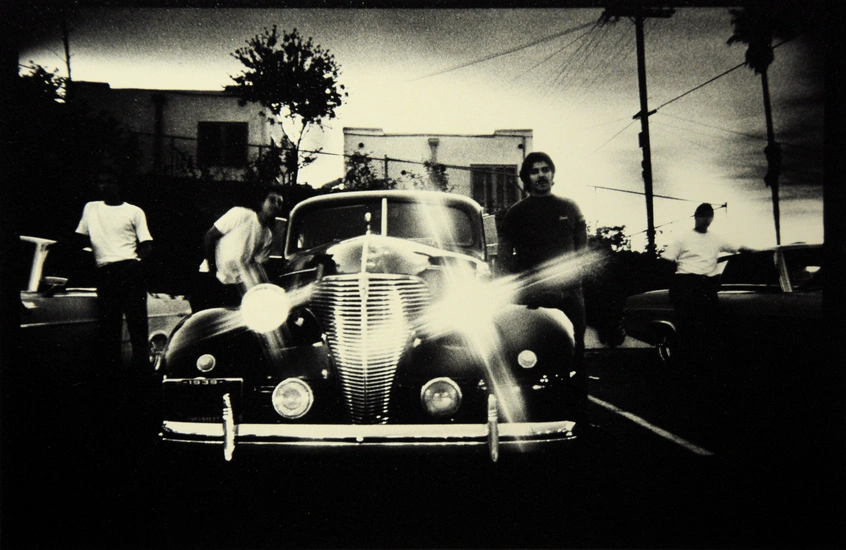
Cesaretti founded Cityscape Foto Gallery in Pasadena in 1977, where he showcased local and international photographers.
“This acquisition marks a significant homecoming for an artist who profoundly shaped the visual narrative of Los Angeles,” Linde Lehtinen, senior curator of photography at the Huntington, said in a statement. “Cesaretti’s bold photographic work and multifaceted archive provide essential perspectives on Southern California’s history that have never been fully assembled in one place.”
His collection features the photo series “Street Writers,” 1970-75; “East LA Diary,” 1970s; “Police Academy, Los Angeles,” 1979-80; “Punks, Los Angeles,” 1982; and “Fragments of Los Angeles,” 2005-17.
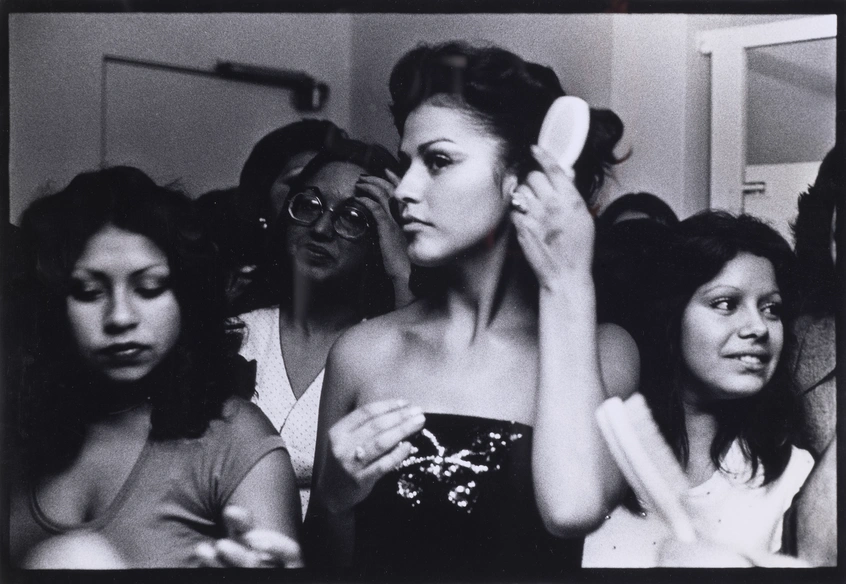
Cesaretti also had an impact in Hollywood. He worked closely with director Michael Mann over four decades on films such as “Heat,” 1995; “The Insider,” 1999; “Ali,” 2001; and “Ferrari,” 2024. He also worked with directors Tony Scott and Marc Forster.
In addition to his movie set photography, Cesaretti directed the 2011-14 documentary “Take None Give None.” The film told the story of The Chosen Few, a multiracial motorcycle club in South Central Los Angeles.
In 2014, Cesaretti founded Los Angeles FOTOFOLIO, an underground art photography journal distributed for free to make the medium more accessible to underrepresented communities.
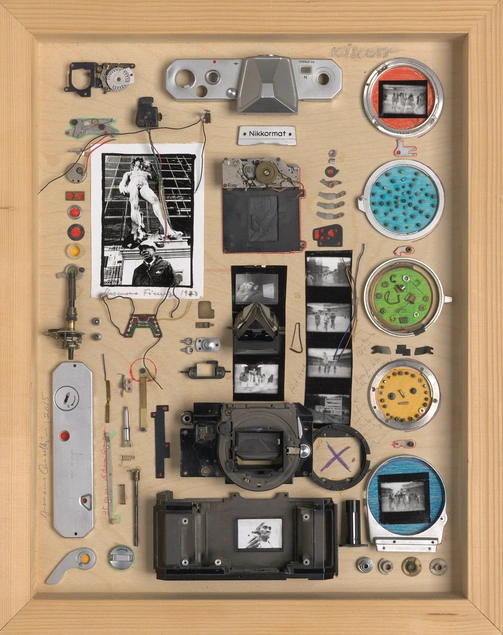
Cesaretti’s photographs have also been exhibited at the Los Angeles County Museum of Art, San Francisco Museum of Modern Art, the Herbert F. Johnson Museum of Art at Cornell University and Les Rencontres d’Arles International Photography Festival. His photos are in the permanent collections of MOCA in LA and the Smithsonian Institution in the nation’s capital.
The Cesaretti archive will be accessible to researchers after it has been completely cataloged and processed, library officials said. More information on the archive is at huntington.org.

